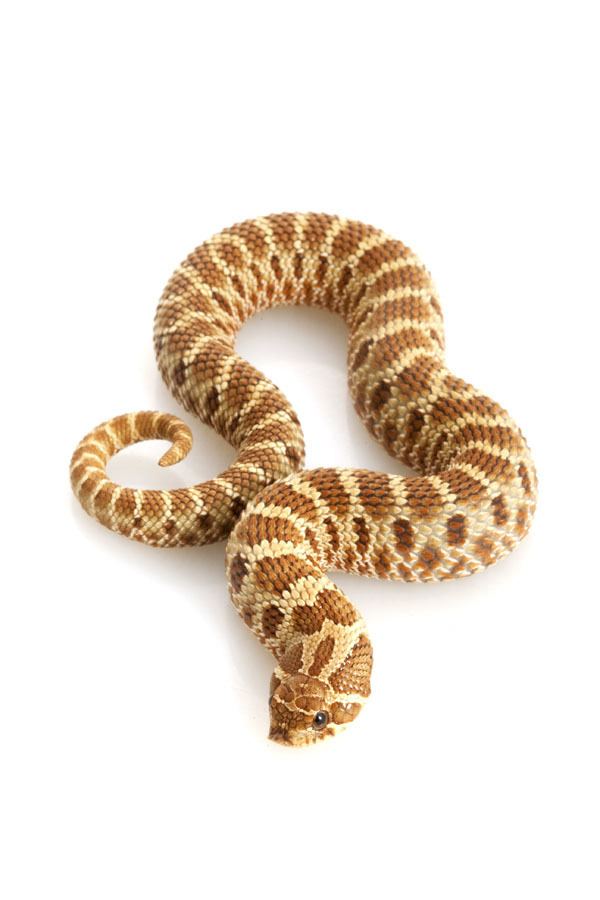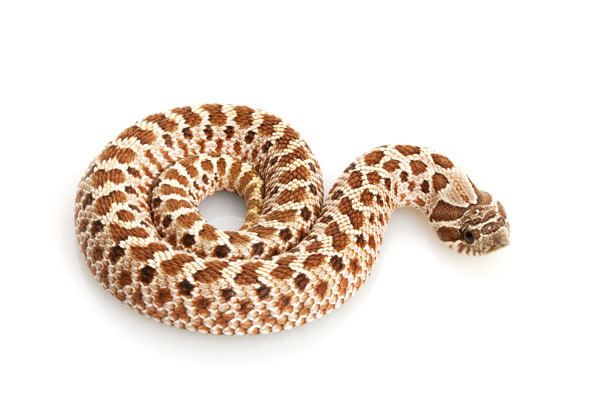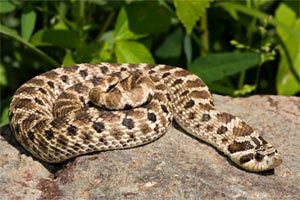Suborder Serpentes Subfamily Xenodontinae Higher classification Heterodon Order Scaled reptiles | Subphylum Vertebrata Genus Heterodon Phylum Chordata Rank Species | |
 | ||
Similar Heterodon, Snake, Reptile, Eastern hognose, Corn snake | ||
How to care for a western hognose snake
The western hognose snake (Heterodon nasicus) is a species of non-venomous colubrid endemic to North America.
Contents
- How to care for a western hognose snake
- Baby western hognose snake
- Etymology
- Taxonomy
- Distribution and habitat
- Description
- Behavior
- Diet
- Reproduction
- Conservation
- References
Baby western hognose snake
Etymology

The subspecific name, gloydi, is in honor of American herpetologist Howard K. Gloyd (1902-1978). The subspecific (or specific) name, kennerlyi, is in honor of American naturalist Caleb Burwell Rowan Kennerly (1829-1861).
Common names for this species include western, texas or prairie hognose snake, blow snake, bluffer, faux viper, spoonbill snake, spreadhead snake, and Texas rooter.
Taxonomy

Some authors elevate H. n. kennerlyi, also known as the Mexican hognose snake, to species level. Those same authors have subsumed H. n. gloydi into H. nasicus so that there are only 2 species (H. nasicus and H. kennerlyi) and no subspecies.
Distribution and habitat
The western hognose snake occurs from southern Canada throughout the United States to northern Mexico. It frequents areas with sandy or gravelly soils, including prairies, river floodplains, scrub and grasslands, semi-deserts and some semiagricultural areas. It has been found at elevations of up to 2500 m.
Description
Western hognose snakes are relatively small, stout-bodied snakes. Their color and pattern is highly variable between subspecies, although most specimens appear much like rattlesnakes to the untrained eye, which appears to be Batesian Mimicry. Males are considerably smaller than females, with adult lengths rarely exceeding 15–20 inches (38–51 cm). These snakes get their common name from the modified rostral (nose) scale that is formed in an upturned manner, providing a very "hog-like" look. Additionally, this adaptation makes these snakes adept burrowers.
The species is non-venomous, but possesses a potentially irritating saliva that may cause symptoms like negligible to localized slight swelling and itching. The extremely rare bite from this rear-fanged snake is not regarded as of medical importance to humans.
Behavior
The western hognose snake is primarily diurnal. It is typically a docile snake (though known to be highly aggressive in some individuals). If threatened (or perceiving a threat), it may flatten its neck (much like a cobra), hiss, and make mock strikes if harassed. Occasionally, if stressed enough, it even plays dead. Although it is more common that they will flatten their heads out, some individuals may puff up, filling their throats with air. This is more common with adolescent males.
Diet
In the wild, they feed predominately on amphibians, such as large and medium-sized tree frogs, as well as small or medium-sized toads and small lizards. There have been accounts of H. nasicus eating the occasional rodent in the wild as well. Not being a true constrictor, Heterodon bites and chews, driving the rear fangs into the prey as a way of introducing the saliva to help break down the toxins from toads. There have been many cases of hognose snakes in captivity that will not eat for about two to three-and-a-half months, from the months January to mid March. This is because hognose snakes' instinct is to brumate underground during the winter months.
Reproduction
Western hognose snakes have been observed in copulation as early as February and March. They are oviparous, with females laying 4-23 elongate, thin-shelled eggs in June–August. The eggs take approximately 60 days to hatch. Hatchlings are 13–23 cm (5–9 inches) in total length and reach sexual maturity after approximately two years (this is predominantly based on size, not so much age).
Conservation
Although some local declines have been reported, the species is widespread, has a large overall population size (>100,000), and is effectively protected by a variety of conservation programs. It is therefore currently classified as Least Concern by the IUCN. The eastern hognose snake (Heterodon platirhinos) is classified as a threatened species in some regions of its range and is therefore protected under those state's laws.
